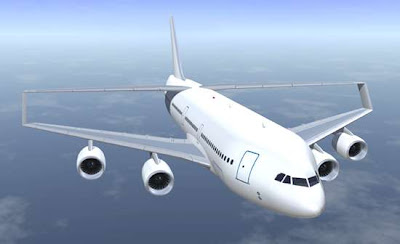N
neutrino78x
Guest
How about a tiltrotor feature for the carrier aircraft, so it can take off vertically, then fly horizontally until it get the right altitude, before launching the rocket? 
I claim that vertical launch is the future of airplanes, so that you can pack a lot more airliners at one airport, instead of having to build more airports. Just a crazy idea to throw out there, I think it would be cool.
Just a crazy idea to throw out there, I think it would be cool. 
Oh yeah, and the carrier aircraft should use electric propellers, instead of jets, powered by a hydrogen fuel cell.
--Brian
I claim that vertical launch is the future of airplanes, so that you can pack a lot more airliners at one airport, instead of having to build more airports.
Oh yeah, and the carrier aircraft should use electric propellers, instead of jets, powered by a hydrogen fuel cell.
--Brian



